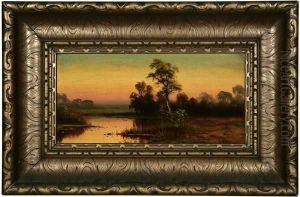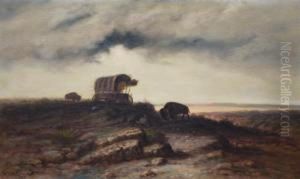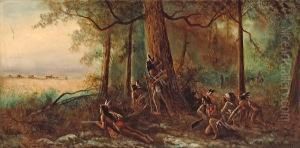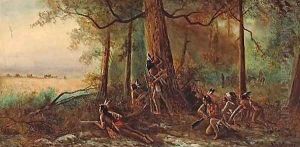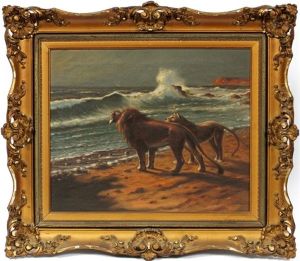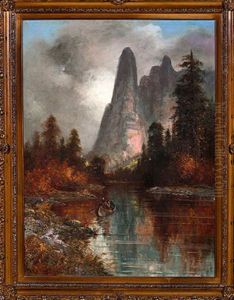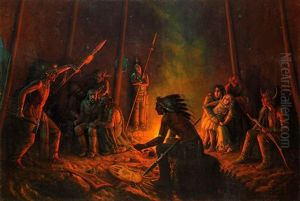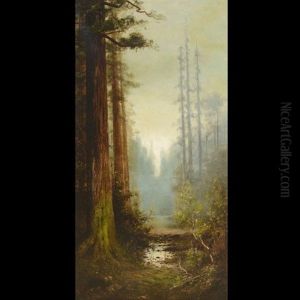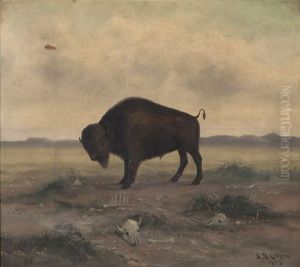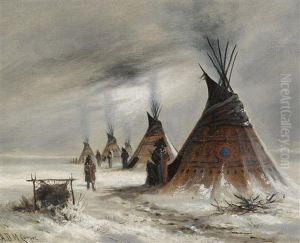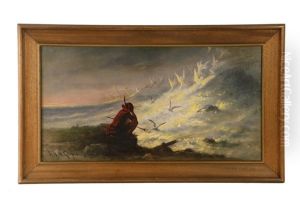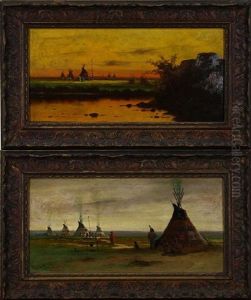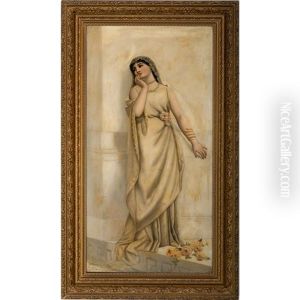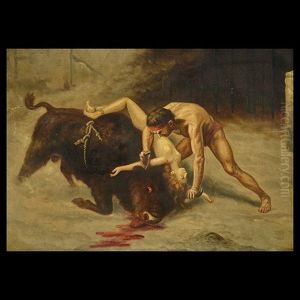Astley David Middleton Cooper Paintings
Astley David Middleton Cooper, commonly known as A.D.M. Cooper, was an American painter born on December 23, 1856, in St. Louis, Missouri. He is known for his romanticized depictions of Native Americans, Western scenes, and sensuous portraits of women. Cooper moved to California in the early 1880s, where he became a prominent figure in the art scene of San Jose.
Initially, Cooper trained to become a doctor like his father but abandoned medicine for art. He studied in Europe, where he was influenced by the bohemian lifestyle and the works of Old Masters. Upon returning to America, he settled in California and began painting subjects that catered to the tastes of the burgeoning wealth of the West Coast. Cooper was adept at marketing and self-promotion, often giving his paintings away in raffles and engaging in public spectacles to garner attention for his work.
Throughout his career, Cooper's work oscillated between the depiction of Native American life and erotic portraiture. His Native American pieces often portrayed the subjects in a nostalgic and heroic manner, reflecting a common sentiment of the time that idealized the 'vanishing race' before the advance of Western civilization. On the other hand, his portraits of women, sometimes referred to as 'Cooper's Nymphs,' were known for their alluring and provocative nature, which both celebrated and objectified the female form.
Cooper's lifestyle was as colorful as his paintings. He was known for his eccentric behavior, flamboyant dress, and larger-than-life personality. Despite the popularity of his work during his lifetime, his reputation waned after his death, and he is not as well-known today as some of his contemporaries. However, his contributions to the art of the American West continue to be recognized by art historians and collectors. Astley David Middleton Cooper passed away on February 28, 1924, in Santa Clara County, California. His work has since been collected and exhibited by various institutions, reflecting a period of American history and the cultural dynamics of the American West during his time.











